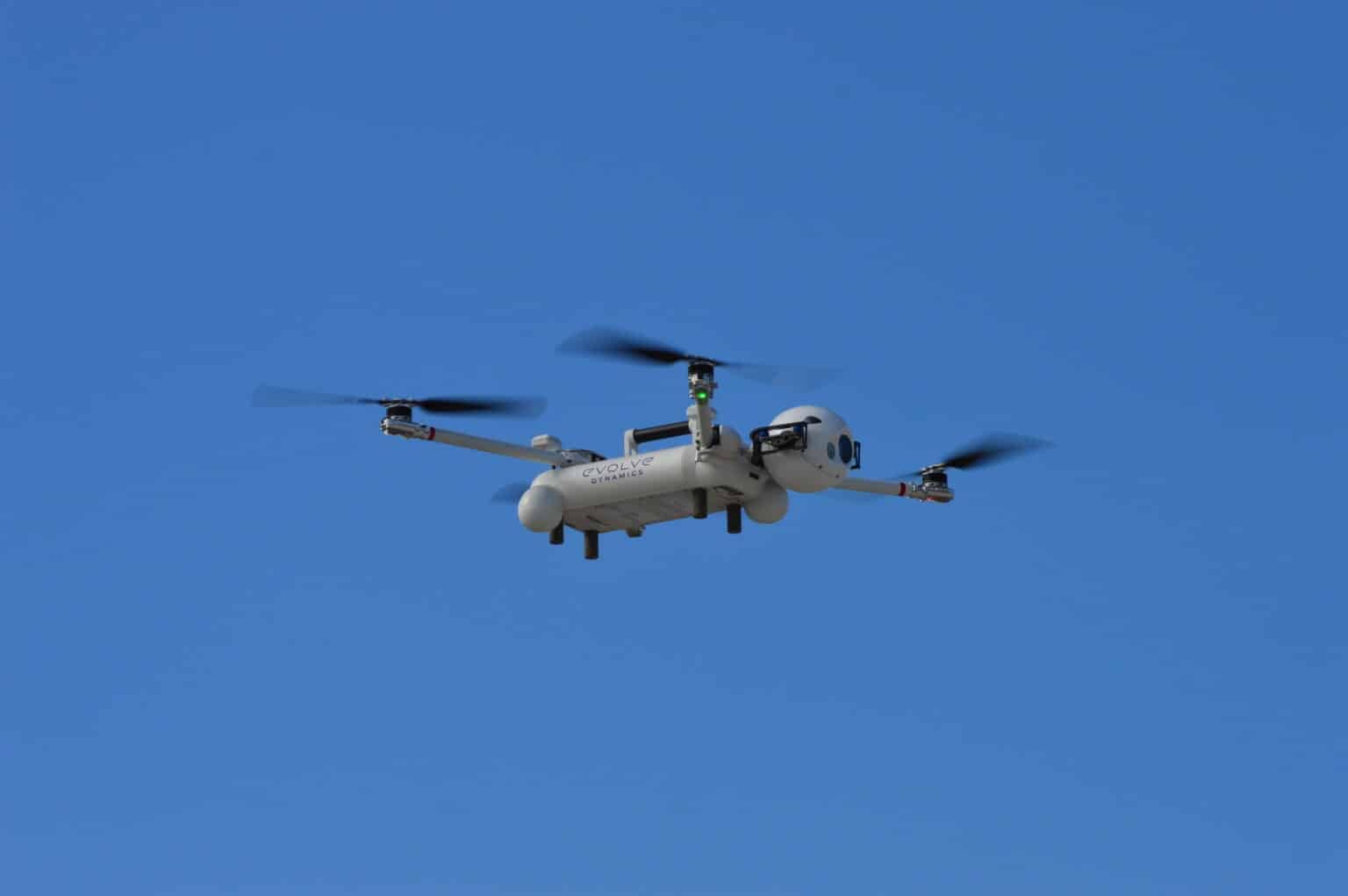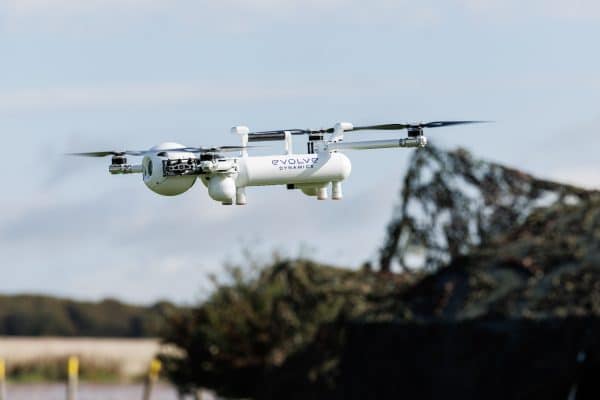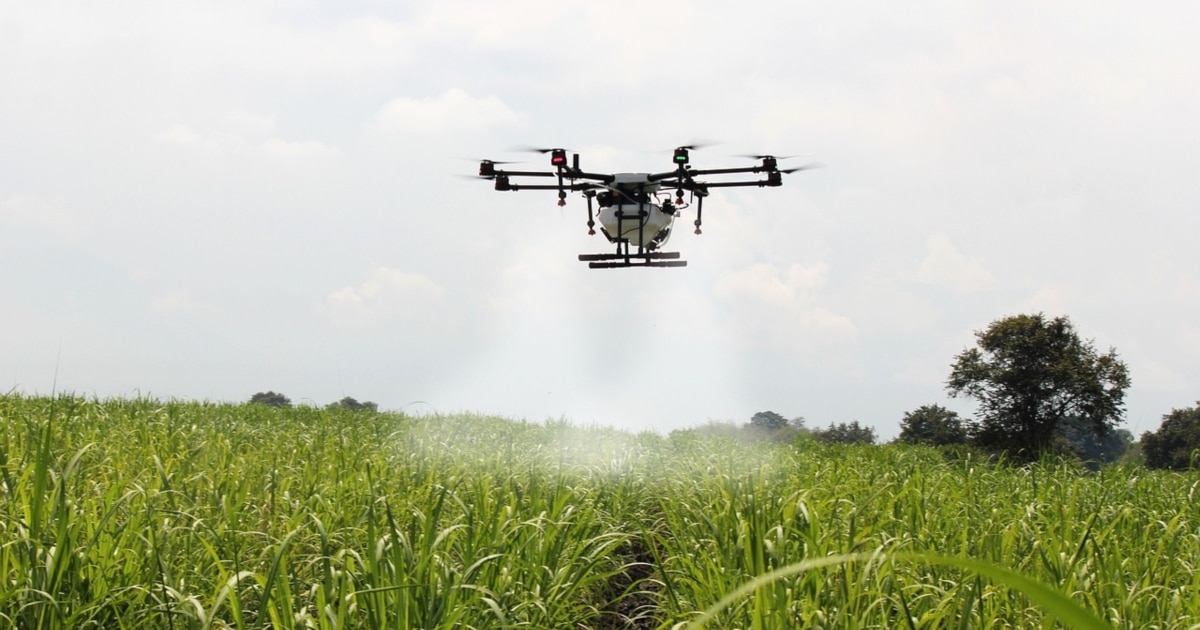
Video: Overview of Helix Mesh Rider Radio lineup for advanced defense robotics
Our Helix lineup of Mesh Rider Radios is designed specifically for military use-cases, packing up to six federal frequency bands into a single radio and

Our Helix lineup of Mesh Rider Radios is designed specifically for military use-cases, packing up to six federal frequency bands into a single radio and

RF jamming of drones has become one of the most common warfare tactics in Ukraine. But what is it, how does it work and how

Corona Fire Department’s search-and-rescue simulation exercise illustrates how a resilient mesh, multi-domain, mobile ad-hoc network is vital to achieve the speed and safety promised by

View our latest on-demand webinar to learn about our advanced inteference-avoidance feature-set, Sense, including what it is, how it works and who’s using it in the

Doodle Labs joined AUVSI for a live discussion spotlighting leading new UAV tech and the networking technology drones use to operate in extreme environments.

In side-by-side shoot-outs, Mesh Rider Radios outperformed competitor radios that cost 2 to 4 times as much. How is that possible?

Dawn Zoldi and Doodle Labs’ VP Marketing Amol Parikh unpack all we picked up at AUVSI’s Xponential Week in Denver.

Originally presented on-stage at Xponential 2023, an introduction to multi-band mesh radio technology and how it will revolutionize air and ground robotics comms.

In March, Doodle Labs presented live on the Emerging Tech & Innovation Theater stage at IWCE 2023 in Las Vegas. Watch the recording to learn

Doodle Labs hosted DIU, UXV Technologies and Auterion for a panel discussion on collaboration and innovation amongst Blue UAS component manufacturers.

The radio’s development was sponsored by the US DoD’s Defense Innovation Unit and meets Blue UAS’s six main requirements.

Join DIU and Doodle Labs for a conversation about the vision for the Blue UAS framework and the unprecedented advancement of drone technology driven by

Safer. Faster. More productive. Greater resilience. Higher efficiency. Satisfied customers. Those are just a few of the bottom-line and competitive benefits enabled by the Industrial

With today’s continually multiplying wireless devices, access to reliable wireless networks is a necessity. From mines and construction sites, to warehouses and campuses, secure, high-performance